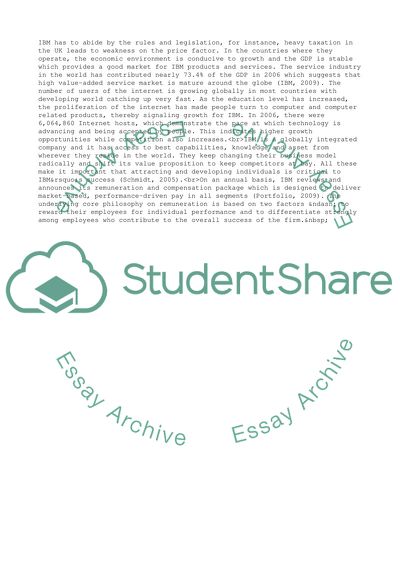Cite this document
(Evaluation of the Effectiveness of Remuneration Practices in IBM Research Paper, n.d.)
Evaluation of the Effectiveness of Remuneration Practices in IBM Research Paper. Retrieved from https://studentshare.org/management/1725846-organisation-remuneration
Evaluation of the Effectiveness of Remuneration Practices in IBM Research Paper. Retrieved from https://studentshare.org/management/1725846-organisation-remuneration
(Evaluation of the Effectiveness of Remuneration Practices in IBM Research Paper)
Evaluation of the Effectiveness of Remuneration Practices in IBM Research Paper. https://studentshare.org/management/1725846-organisation-remuneration.
Evaluation of the Effectiveness of Remuneration Practices in IBM Research Paper. https://studentshare.org/management/1725846-organisation-remuneration.
“Evaluation of the Effectiveness of Remuneration Practices in IBM Research Paper”, n.d. https://studentshare.org/management/1725846-organisation-remuneration.


